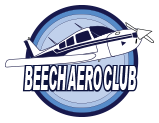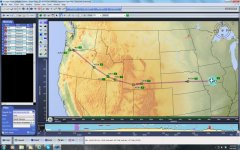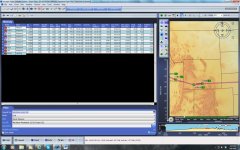Mike,
I have been to 17,900 ft. in my Sierra and didn't notice the poor climb performance you mention. That was before my overhaul when my cam was missing 36% off one lobe that was operating two cylinder intake valves. 12,500-13,500 is where I fly a lot. I've never had much problem getting up there I have found in warm weather climb is mostly limited by CHTs not airplane climb performance. I set best power mixture and climb at the lowest IAS that allows CHTs below 400 degs F. Up that high the air is cool, but it's still, CHTs are a concern. Remember to reduce your Vy by 1 kt for every 1000 ft above sea level if the CHTs allow you to do so. I don't see a lot of risks flying in mountainous terrain if the weather is VFR. Usually weather is localized and you can go around it. A weather brief will give you an idea if it's time to fly another day. Although, the mountains can generate some pretty good localized weather, it's almost always in the late afternoon and you can beat the build-ups by flying early. Stay VFR with an out and usually you will be OK. You may spend some time on the ground waiting out the weather, but there is little pucker factor in that.


